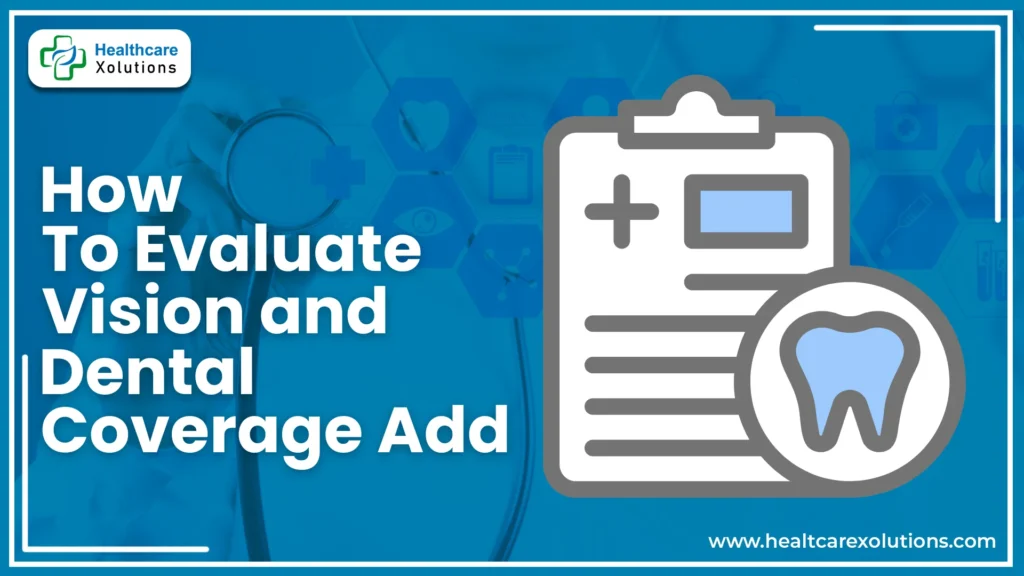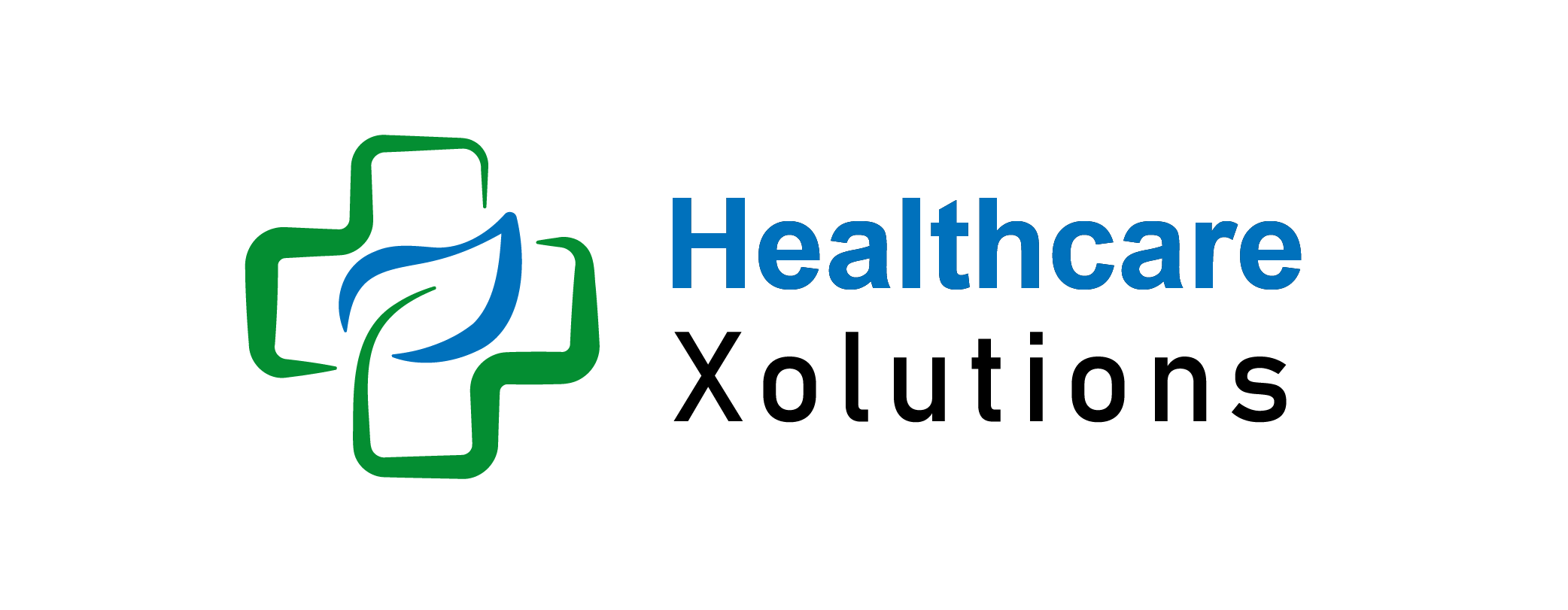How To Evaluate Vision And Dental Add-Ons for Health Insurance

When selecting a health insurance plan, many overlook vision and dental coverage. However, maintaining good eye and oral health is essential for overall well-being. Vision and dental add-ons can prevent costly treatments by detecting issues early. Understanding how to evaluate these options ensures you get the best coverage for your needs and budget.
Key Takeaways:
- Vision and dental insurance help prevent expensive health complications.
- Compare plans based on coverage, costs, provider networks, waiting periods, and annual limits.
- Consider whether a bundled or standalone plan is more beneficial.
- Look for extra perks like discounts on elective procedures.
Table of Contents
Why Vision and Dental Coverage Matters?
Unlike standard medical insurance, vision and dental coverage are often separate. Regular eye exams and dental checkups help detect glaucoma, cataracts, cavities, and gum disease early. Without insurance, these treatments can be costly. Evaluating vision and dental add-ons ensures comprehensive healthcare.
Key Factors When Evaluate Vision And Dental Add-Ons For Health Insurance:
1. Coverage Scope: What’s Included?
Not all plans provide the same level of care. Some cover only preventive services, while others include major procedures.
Vision Plans May Cover:
- Routine eye exams
- Prescription glasses and contacts
- Discounts on LASIK or corrective surgery
Dental Plans May Include:
- Preventive care (cleanings, exams, X-rays)
- Basic procedures (fillings, extractions)
- Major treatments (root canals, crowns, orthodontics)
Review coverage details to ensure they align with your needs.
2. Premiums and Costs: What’s Your Budget?
Consider these cost factors before selecting a plan:
- Monthly premiums – Fixed costs for coverage
- Deductibles – The amount you pay before insurance kicks in
- Copayments/coinsurance – Your share of service costs after meeting the deductible
Compare different plans to balance affordability with coverage.
3. Provider Networks: Are Your Preferred Doctors Covered?
Most vision and dental plans have in-network and out-of-network providers.
- In-network providers – Lower costs due to insurer agreements
- Out-of-network providers – Higher out-of-pocket expenses
Check if your optometrist, ophthalmologist, or dentist is in-network.
4. Waiting Periods: When Does Coverage Start?
Some dental plans have waiting periods before covering major procedures.
- Preventive care: No waiting period
- Basic procedures: 3 to 6 months waiting period
- Major services: 6 to 12 months waiting period
If you need immediate care, choose a plan with shorter or no waiting periods.
5. Annual Maximums and Coverage Limits:
Most dental insurance plans have annual limits between $1,000 to $2,000. Once reached, additional expenses are out-of-pocket.
For vision plans, check if there’s a cap on eyewear reimbursements (e.g., $150 for glasses or contacts).
6. Standalone vs. Bundled Plans: Which is Better?
You can get vision and dental coverage as:
- Add-ons to an existing health insurance plan
- Standalone plans from separate insurers
Bundling may be cheaper and simpler, but standalone plans often provide better benefits. Compare both to find the best fit.
7. Additional Perks and Benefits:
Some plans offer:
- Discounts on elective procedures (e.g., teeth whitening, LASIK)
- Family or group discounts
- Wellness rewards for preventive care
Consider these perks to maximize your coverage.
Conclusion:
Vision and dental insurance play a crucial role in long-term health and financial savings. By evaluating coverage, costs, provider networks, waiting periods, and additional benefits, you can choose a plan that meets your healthcare needs. Compare multiple options, read the fine print, and prioritize your healthcare to avoid unexpected expenses.
FAQs:
Is vision and dental insurance worth it?
Yes, especially if you need regular checkups, glasses, or dental procedures. It can save money on essential care.
Can I add vision and dental insurance anytime?
Some insurers allow year-round enrollment, while others require waiting for an open enrollment period.
Does vision and dental insurance cover major surgeries?
Most plans cover routine care but offer limited coverage for LASIK or oral surgery. Review policy details.
What happens if I exceed my dental plan’s annual maximum?
Once you reach the limit, you must pay any additional costs out-of-pocket until the next coverage year.
